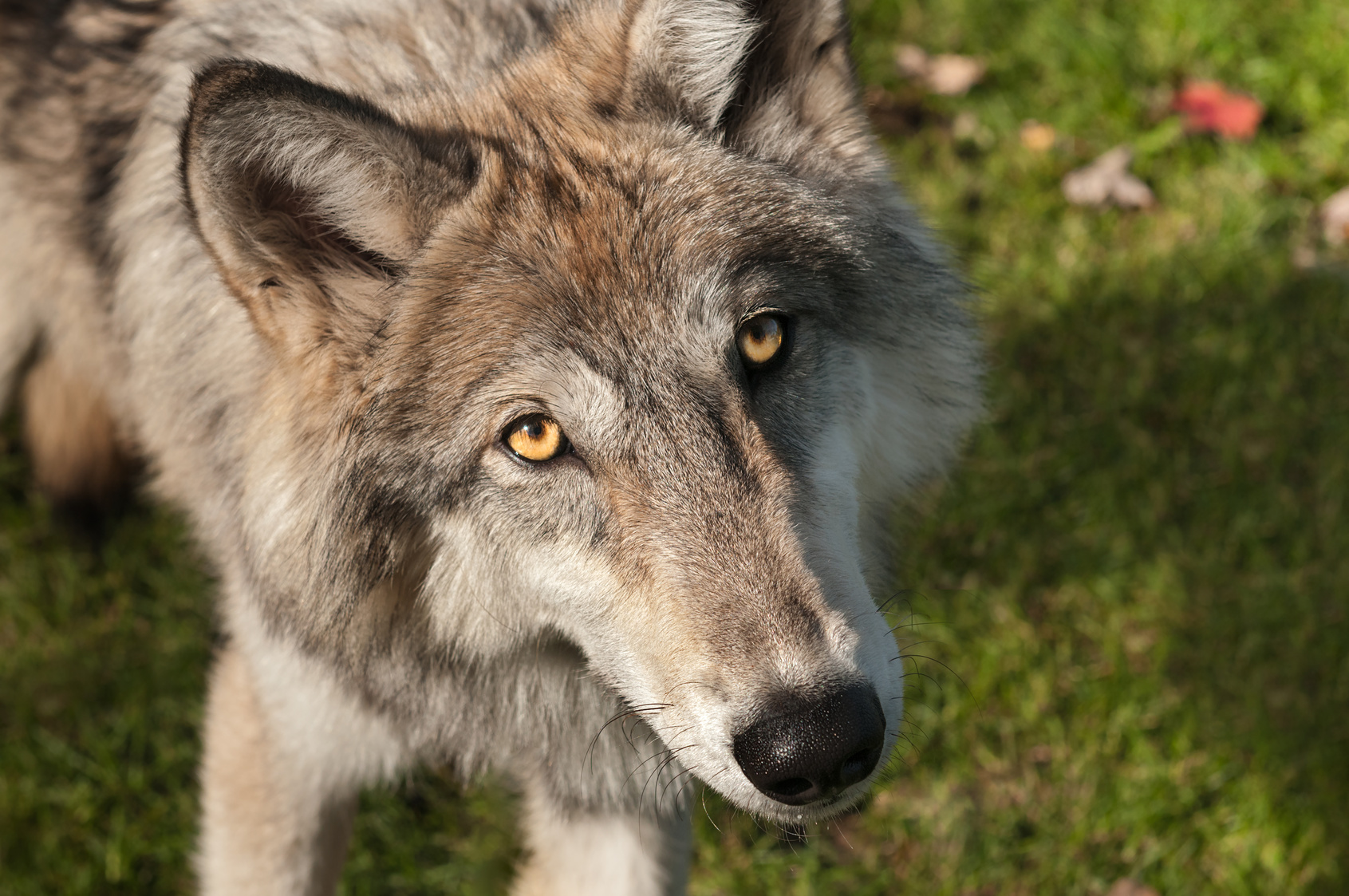15 Awesome Facts for National Wolf Awareness Week

They’re the largest members of the dog family, hunt in very sophisticated packs and are considered one of the best animal communicators through body language.
They also make the best mascots.
We’re talking wolves because the third week of October is National Wolf Awareness Week, a time to discover more about the majestic animal with that distinctive howl — and learn about ways it’s being protected.
How cool are wolves? Let us count the ways.
- Wolves’ howls are like fingerprints. Other pack members (and scientists) use them to tell certain animals apart.
- There are three species of wolves in the world: the gray, the red and the Ethiopian (or Abyssinian). Gray wolves and red wolves live in North America. There are five subspecies of the gray wolf — Alaskan, Arctic, Great Plains, Eastern and Mexican wolves.
- Red wolves live in the Southeastern U.S., where they are endangered. In 1987, a breeding program introduced red wolves back into North Carolina. Today, about 100 red wolves live in the wild.
- Wolves live and hunt in packs of about four to 10. They can roam up to 50 miles in a single day.
- Usually, the alpha male and alpha female are the only ones in the pack to breed.
- The North Carolina State University athletics teams adopted “Wolfpack” as its official name in 1947. Mr. Wuf and Ms. Wuf were married by the Wake Forest Demon Deacon mascot during halftime of a men’s basketball game on Feb. 28, 1981. By the way, the traditional gift for their 35th anniversary was coral. For next year’s anniversary, get them bone china (or maybe just bones?).
- Wolves may begin howling simply because a nearby wolf is doing the same — just like barking dogs. Wolves can hear each other howl up to 10 miles away in open terrain.
- Work with red wolves at the NC State University College of Veterinary Medicine may help with understanding a prevalent human eye disease.
- Adult wolves have the same number of teeth as dogs: 42.
- Not all gray wolves are gray. They can be white, tan, black, brown or grizzled (a combination of browns, tans and black).
- Wolves are thought to have been first tamed in East Asia about 15,000 years ago.
- Gray wolves can eat 20 pounds of meat at a sitting, but can can go for more than a week without eating.
- Wolves weigh 1 pound at birth. In North America, wolf pups are born during April, May and the first week of June.
- Adult gray wolves range from 40 to 175 pounds (females weigh just slightly less than males).
- Wolves can sprint 36 to 38 miles per hour for short distances. They trot at 5 miles per hour.
SOURCES: National Geographic; wolf.org; defenders.org. Wolf Conservation Center; California Wolf Center
~Jordan Bartel/NC State Veterinary Medicine
- Categories:


